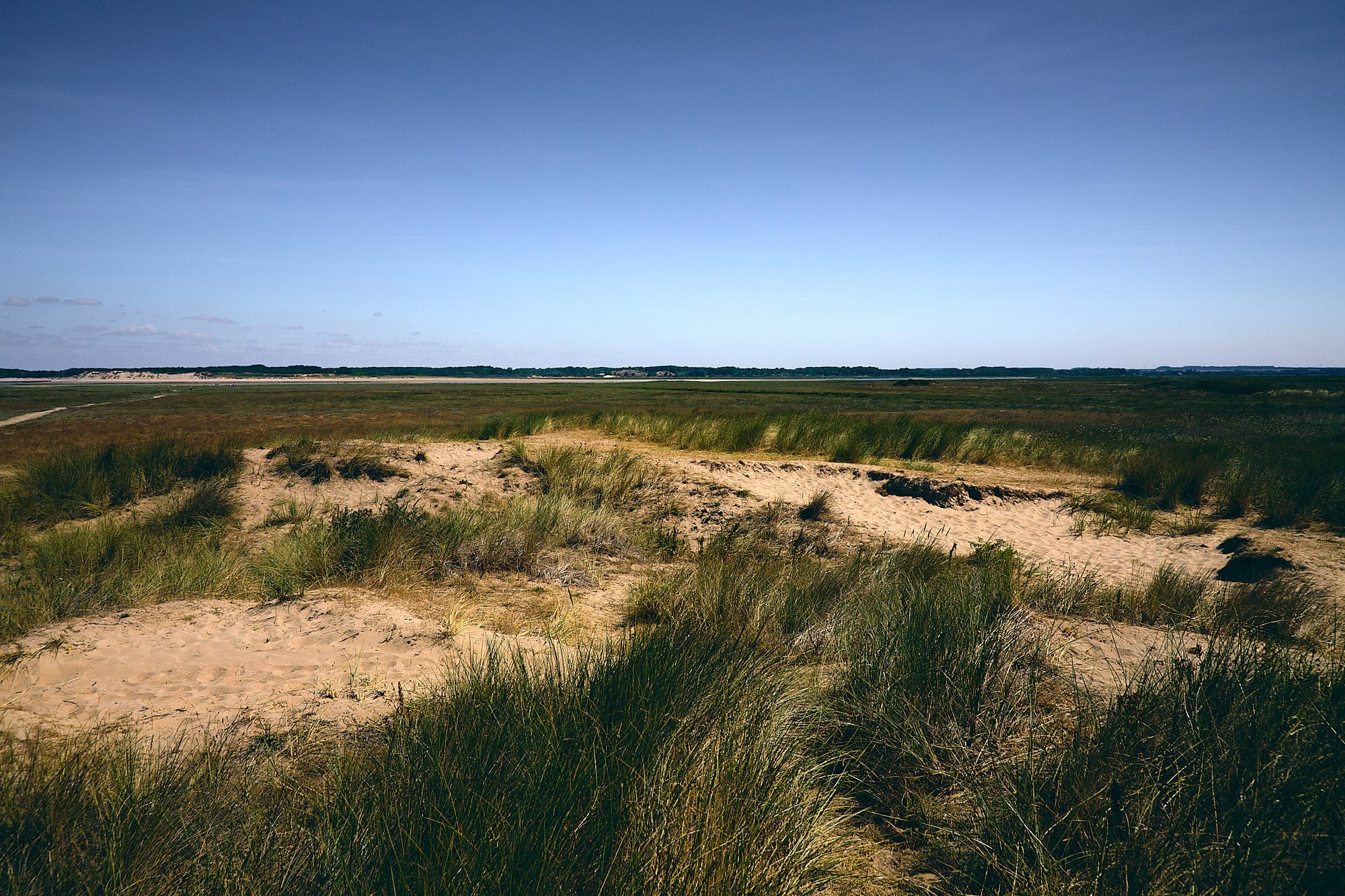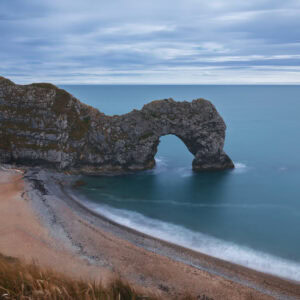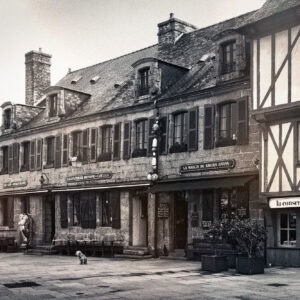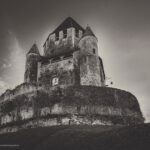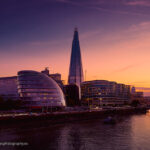It's too hot, too dry, the light is too harsh... How many times have we postponed a photo outing, citing the weather? And yet, what we perceive as a constraint could be a tremendous opportunity. In photography, elements are not simply variables to be circumvented They are partners in the game, sometimes demanding, but always generous if you know how to listen.
Today, with summer in full swing and the heat taking its toll on the landscape, I'd like to share a viewpoint that goes against the grain: extreme weather, and in particular heatwaves, why not turn it into an engine for photographic creativity? ?
1. Seeing beyond the weather
Many still associate 'good photo weather' with clear skies, soft light and a perfectly coloured sunset. But this cliché (no pun intended 😜) deserves to be deconstructed. The weather shouldn't just be tolerated or endured. It shapes the mood, tinges the image with a particular emotion, gives life and sometimes rhythm to the shot.
It imposes a tempo, sometimes slow and heavy in summer, sometimes fast and fleeting in autumn winds. Learning to deal with it means learning to feel the world before capturing it. Why not try to convey this in our photos?
2. Photographing in a heatwave: the beauty of discomfort
In summer, the extreme heat transforms everything. The ground cracks, the foliage withers, the air becomes palpable. It's a visually rich world, but one that I think is too often neglected 🧐.
Hard light, strong contrasts
Midday light, so often avoided, becomes a raw material. It creates sharp shadows, sharp lines and sharp relief. The result can evoke tension, harshness or, paradoxically, absolute clarity.
By playing with these shadows, by framing tightly, by assuming the burnt-out highlights, you can create powerful, almost graphic images, far removed from the usual soft aesthetic, and produce superb blacks and whites, for example.
Making heat visible
Yes, heat can be expressed in photography. Not directly, but through its effects:
Heat changes everything colours become more matt, textures rougher. It adds an almost tactile reading layer to the image.
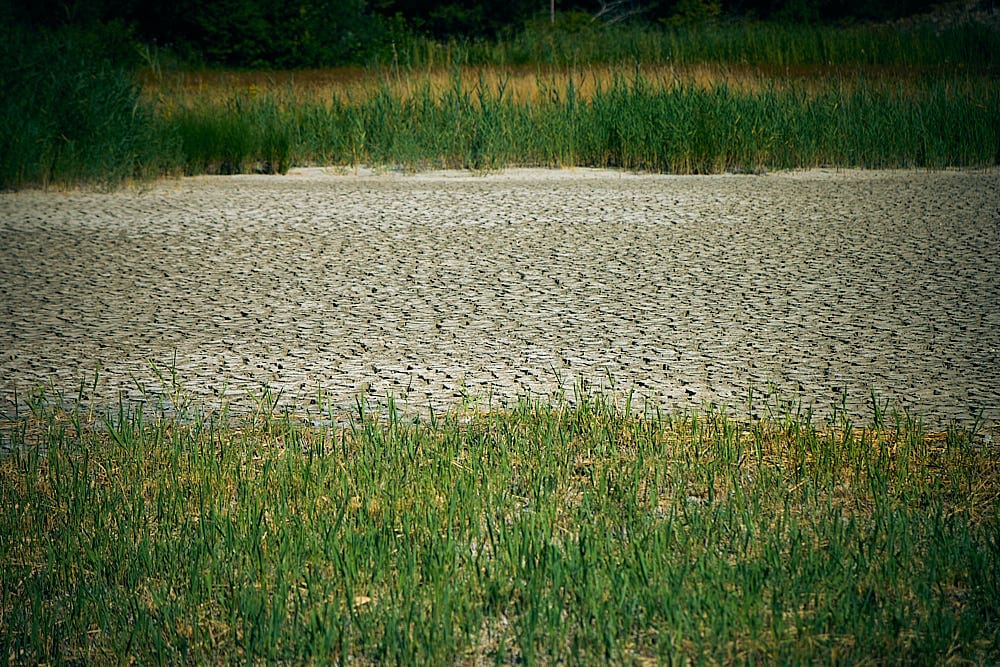
Capturing the atmosphere of extremes
The golden hours take on a different hue when the heat has been overwhelming all day. The sky sometimes becomes veiled in dust, the sunset redder and denser. You can feel the weight of the passing hours in the image.
It's in these moments that you can tell the story of warmth, not just show it.
3. Embracing the elements to compose better
Rather than fight the weather, I try to go with it. To immerse myself in its rhythms. Photography then becomes a form of visual calligraphy, written not with ink, but with light, wind and temperature.
What I photograph, then, is not just forms or subjects, but also climatic impressions or expressions that are directly linked to our emotions, aren't they? ? An image becomes the testimony of a feeling: the suffocation of a summer path, the hot breath of an August evening, the minerality of a landscape drained of all freshness.
4. Think series, think season
It's fascinating to build series around the elements, or even around a specific piece of weather. A series on "heatwave days", for example, could capture that silent tension of frozen, stifled landscapes, that harsh light that transforms everything, that sensation of time standing still. 🤔
Each season can become a creative cycle. The idea is no longer to chase an ideal image, but towelcoming what the world gives us, as it is, here and now.
5. Conclusion: a photo, a climate, a memory
So that was my thought for the day, a moment of photographic philosophy! 🤓 By learning to photograph with the elements and not against them, we open ourselves up to a more organic, livelier, freer kind of photography. You stop looking for the perfect weather. We enter into a relationship with what is and what surrounds us. I think that's something that's sorely lacking in our society these days.
Let's make the weather our ally, it's not a backdrop but a protagonist. The next time you're out photographing in harsh light, in sweltering heat, don't run away (but stay in the shade as much as possible 😜). Feel. Breathe. Observe. Maybe the photo will come. Or not. But one thing is certain, changing our visual interpretation will make us see things and our environment in a different light.
What's your opinion, your interpretation? Share it below, it's always interesting to see things differently! 🧐 If you want to read other photographic thoughts I invite you on these articles, or browse my galleries.
See you soon,
David

